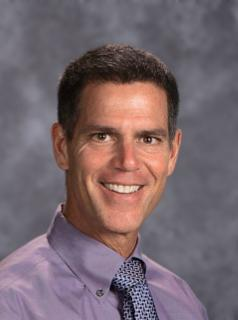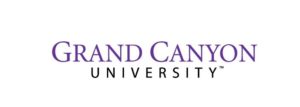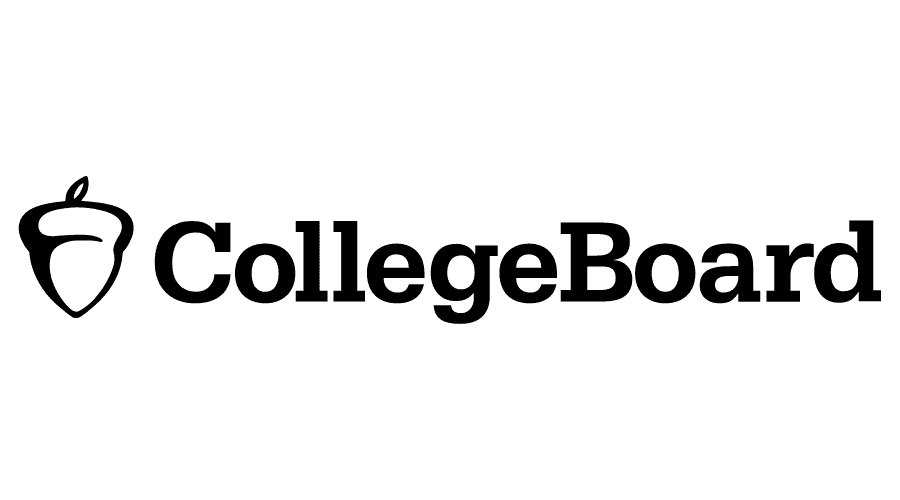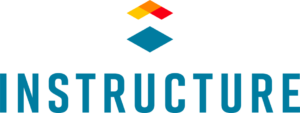COEs Help Prepare for 2020 Census
The US Census takes place every 10 years and will be next conducted in 2020. The Census has gathered valuable information since 1790, and is used to determine funding for various federal, state and local projects. It is also used to determine how many seats each state is allocated in the US House of Representatives.
A major issue in the preparation for the upcoming census is a proposal by the Trump Administration to add a question on citizenship status. Numerous lawsuits have been filed by states and the American Civil Liberties Union (ACLU) to remove the question from the Census. The primary concern is that question could make it more difficult to convince people to participate in the census, with the result of reduced funding and political representation due to an undercount of the population in certain communities.
On January 15, 2019, a federal judge in New York has ruled against the Administration's decision to add a citizenship question to the 2020 census. The Supreme Court will hear an oral argument which is related to the citizenship question in the census. The hearing is currently scheduled for February 19, 2019.
At the Birth to Twelfth Grade Water Cooler Conference in October, 2018 in Sacramento, a panel discussed the implications of the 2020 US Census. The panel, introduced by CCSESA Executive Director Peter Birdsall, included comments by Ditas Katague, Director of the California Complete Count Office (CCCO), regarding pilot projects taking place in cooperation with the Sacramento, Los Angeles, and Fresno County Offices of Education.
As a part of statewide outreach and education, the Complete Count Office contracted with the Sacramento County Office of Education (SCOE) to develop and pilot educational support materials about the 2020 Census for students and teachers in California. In Phases I and II, SCOE sub-contracted with Los Angeles County Office of Education (LACOE) for facilitation of the process. In Phase III, SCOE is subcontracting with Fresno County Office of Education to support the work statewide. In Phase I of the pilot program, completed in late 2018, twenty teachers from grades 5, 8, 11 and 12, created the curriculum, and piloted the curriculum in their classrooms. The curriculum focuses on United states history and governmental aspects based on grade level. The curriculum can be accessed
here.
Top-Two Candidates To Become California’s Executive And Lead Of CDE Advance To November Runoff
Earlier this month, voters in California’s primary election determined the top two candidates that will be facing off in November to decide who will serve as Californian’s chief executive and who will lead California’s Department of Education.
Securing his place in the Gubernatorial runoff in November with 33.7% of the vote, is the current lieutenant governor of California, Gavin Newsom (D). Since the Democrat declared his candidacy, Newsom has campaigned on a platform of supporting early education, with a focus on supporting those aged 0-3. Newsom has since released a more comprehensive education agenda, additionally advocating support for full service community schools, greater access to STEM programs, greater resources allocated to support the recruitment and retention of new teachers, and the establishment of 500,000 new apprenticeships by 2029. Newsom’s education agenda can be found
here.
Receiving 25.8% of Californian’s vote in June, businessman John Cox (R) will be the second name appearing on the November ballot. As of the June primary, Cox had not yet released a formal education agenda, but throughout Gubernatorial debates and interviews the Republican candidate echoed his vision for California’s education system in three words, “Technology. Choice. Competition.” As Cox expressed in a May interview with EdSource, an increase in the amount of charter schools encourages competition amongst educational providers, which then promotes greater flexibility for parents to select a school that will be the best fit the needs of their child. Cox’s policy agenda can be found
here.
Advancing to the runoff for the position of State Superintendent of Public Instruction will be Marshall Tuck and Tony Thurmond, both Democrats. Tuck, former CEO of the Partnership for Los Angeles Schools, celebrated a narrow victory receiving 200,000 more votes than Assemblymember Tony Thurmond.
Campaigns to become California’s State Superintendent are expected to ramp up significantly going into November, with ten million dollars already spent by outside groups. This number is predicted to increase significantly over the next five months.
Thurmond’s policy agenda can be found here, and Tuck’s here.








